Artículo: 💎 What Makes a Diamond “Natural”?
💎 What Makes a Diamond “Natural”?
Diamonds have dazzled civilizations for thousands of years, but in today’s market, not all diamonds are what they seem. With lab-grown options and diamond simulants becoming more common, the question often arises: What exactly makes a diamond “natural”?
In this blog, we’ll uncover the fascinating origin of natural diamonds, how they differ from other types, and why they continue to hold a special place in hearts (and jewelry boxes) around the world.
🌍 1. Formed Deep Beneath the Earth
Natural diamonds are born far beneath the Earth's surface — typically around 90 to 120 miles deep (150–200 km) — in the mantle. There, under extreme heat (over 2,000°F) and enormous pressure, carbon atoms bond tightly together over billions of years to form diamond crystals.
Their journey doesn’t end there. These rough diamonds are brought closer to the Earth’s surface by volcanic eruptions through kimberlite pipes — rare geological formations that act like natural elevators.

🔬 2. Natural vs. Lab-Grown Diamonds
Both types are made of carbon and have the same physical and chemical properties — so how do they differ?
|
Feature |
Natural Diamond |
Lab-Grown Diamond |
|---|---|---|
|
Origin |
Earth’s mantle |
Grown in labs using HPHT or CVD |
|
Formation Time |
Billions of years |
Few weeks to months |
|
Inclusions |
Natural “birthmarks” |
Often fewer or different types |
|
Value |
Higher (rarity) |
More affordable, less rare |
|
Certification |
GIA, AGS, etc. |
Same labs can certify origin |

🔎 3. How to Identify a Natural Diamond
Gemologists use special tools and years of training to determine whether a diamond is natural or lab-grown. Key indicators include:
-
Inclusions – Internal features like tiny crystals or graining that occur naturally.
-
Fluorescence – Some natural diamonds glow under UV light due to trace elements like nitrogen.
-
Certification – Independent labs like GIA and IGI issue grading reports confirming the diamond's natural origin.

💖 4. Why Choose a Natural Diamond?
Here’s why many still gravitate toward natural diamonds:✅ Rarity & Authenticity – No two natural diamonds are the same.
✅ Emotional Connection – A billion-year journey makes them perfect for life's biggest milestones.
✅ Long-Term Value – Natural diamonds often retain or increase in value over time.
✅ Heirloom Quality – Ideal for keepsakes passed down through generations.

✨ 5. Final Thoughts: The Beauty of Nature’s Work
A natural diamond isn’t just a sparkling gemstone — it’s a geological miracle. Forged by Earth, shaped by time, and discovered by human hands, it holds a legacy that a lab simply can’t replicate.
Whether you're choosing a diamond for love, investment, or personal style, understanding the origin helps you make a confident and meaningful choice.

💍 6. Ready to Find Your Natural Diamond?
At FancyDiamondJewels, we specialize in ethically sourced natural diamonds — each one hand-selected for its beauty and uniqueness. Whether you're shopping for a one-of-a-kind engagement ring or a timeless gift, we’ve got something special just for you.
👉 Browse Our Natural Diamond Collection



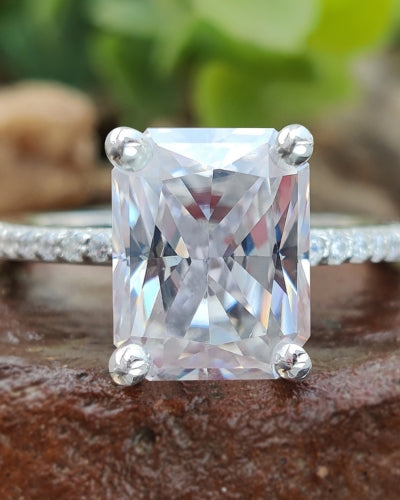
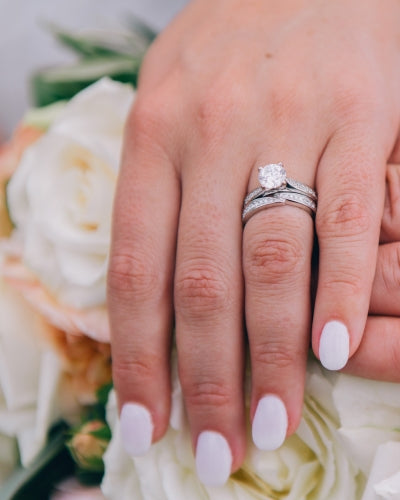
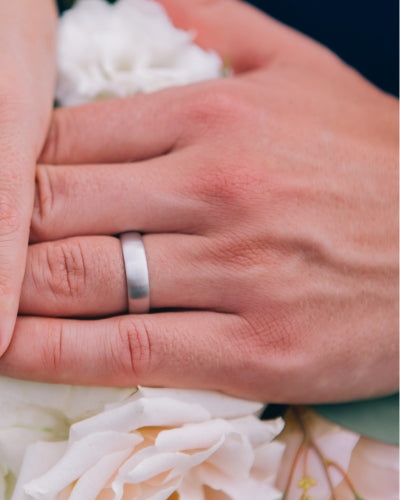
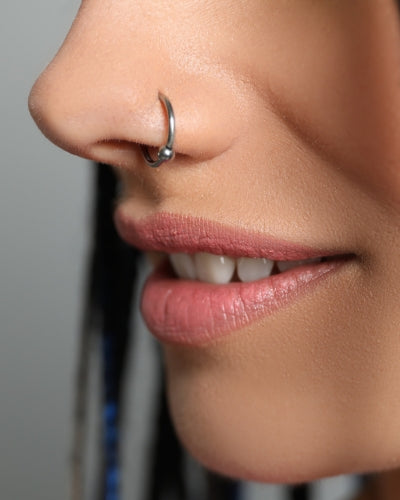
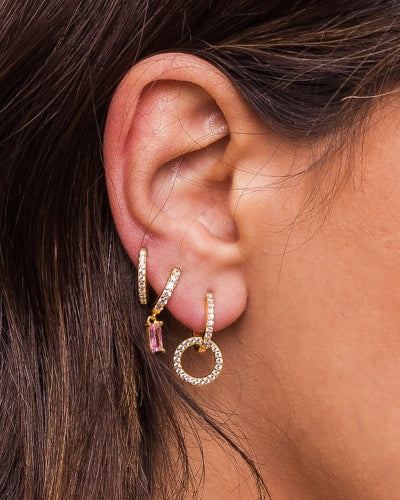
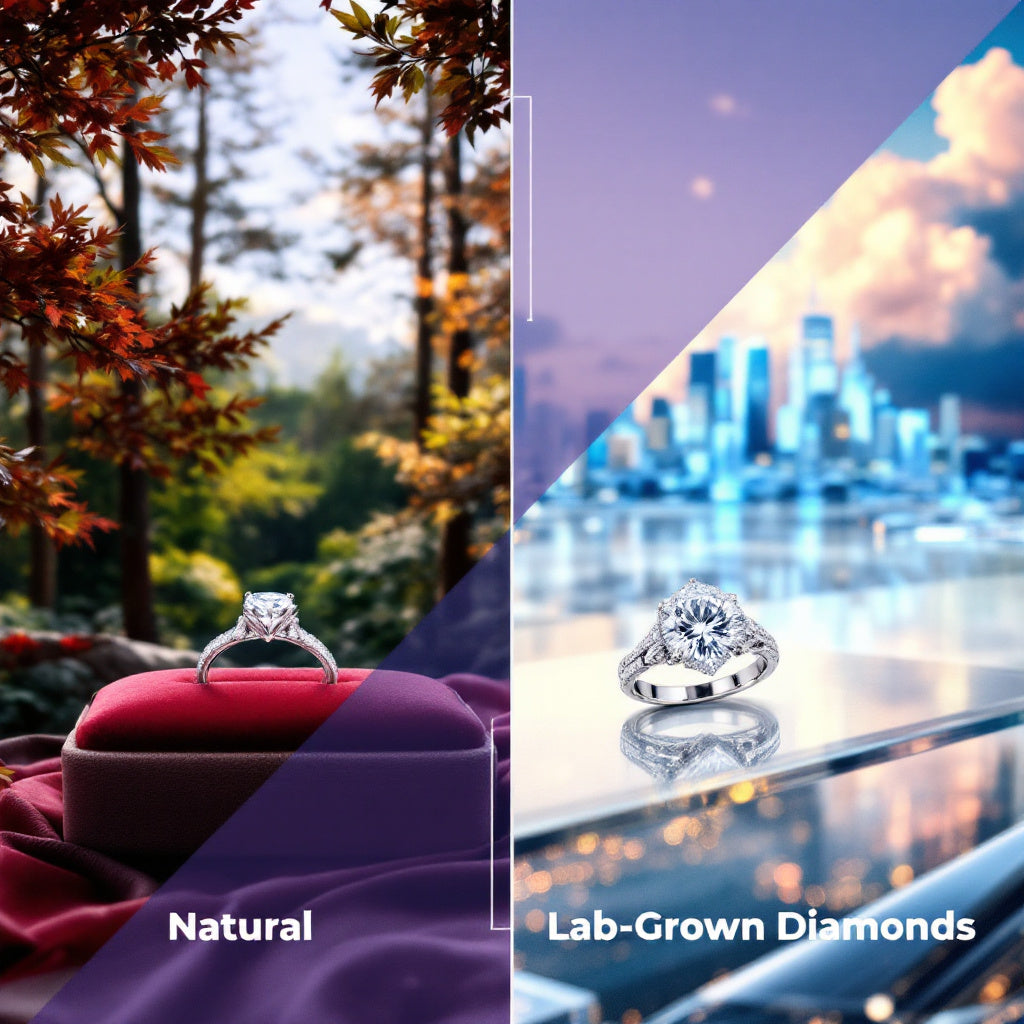
Dejar un comentario
Este sitio está protegido por hCaptcha y se aplican la Política de privacidad de hCaptcha y los Términos del servicio.